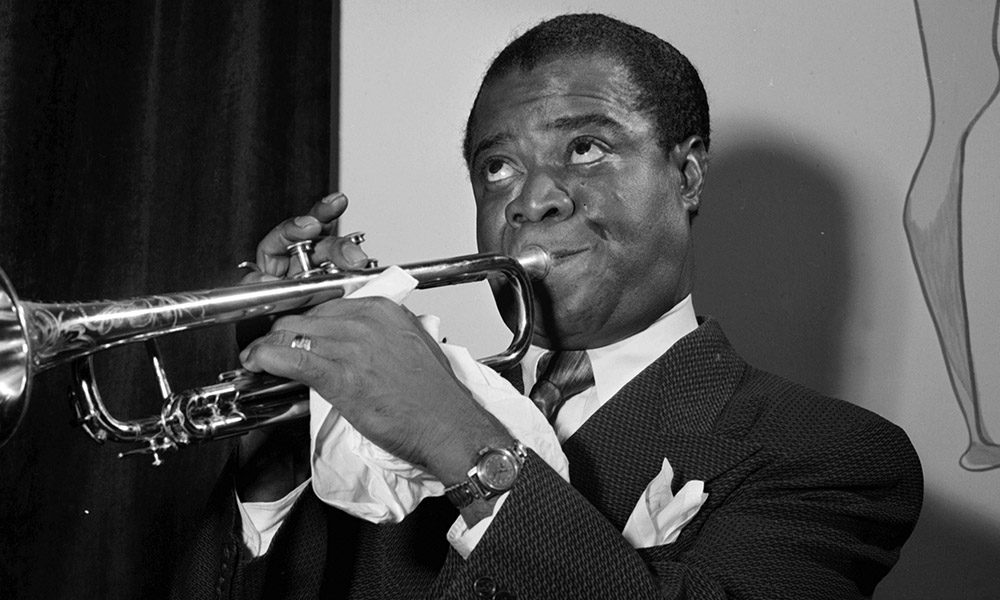The Man That Toppled The Beatles From No.1 In America…

Initially, Capitol Records in America was not interested in signing the Beatles. Instead, they got signed to a small independent label called Vee Jay. Eventually, Capitol finally woke up to the possibilities of The Beatles and released “I Want To Hold Your Hand’ the day after Christmas 1963. Three weeks later it entered the Billboard chart and on 1 February 1964, it made No.1 where it stayed for seven weeks, only to be replaced by Vee Jay subsidiary, Swan Records’ release of ‘She Loves You’, which held on to the top spot for two weeks and, it’s said, kept the company going a lot longer than many of its independent rivals. But we’re getting ahead of ourselves.
Capitol eager to make up for lost time also rush-released the Beatles first American album, at least that’s what it said on the cover, on 20 January 1964. It was the first Capitol Records Beatles album. Meet the Beatles! reached the number one spot on Billboard album charts starting on 15 February 1964, staying there for 11 weeks before being replaced by The Beatles’ Second Album; it was the first time that an artist replaced one of its own records at the number one album position on the US charts.
The reason why it was not the first Beatles album release was that ten days prior to Meet the Beatles! Coming out, Vee-Jay Records released their, Introducing… The Beatles album. According to Calvin Carter, the brother of Vee Jay’s owner, “We put the album out, and EMI, through Capitol, sued us to cease and desist. They got an injunction against us seemingly every week. They would get an injunction against us on Monday, and we would get it off on Friday, then we’d press over the weekend and ship on Monday; we were pressing records all the time on the weekends.”
Introducing… The Beatles made No.2 on the charts and stayed there for nine weeks. Not content with releasing an album, Vee Jay decided to re-release their singles, which they still had the rights for. On 30 January 1964, Vee Jay released ‘Please Please Me’ / ‘From Me To You’, as VJ 581. Promotional copes with a special picture sleeve known saying “The record that started Beatlemania” advertised the Beatles appearance on the Ed Sullivan show.
In January The Beatles had appeared in France for a three-week booking at L’Olympia Theatre in Paris. Arriving back in London they had a day to prepare before leaving for America on 7 February. The Beatles left London’s Heathrow Airport on-board a Pan Am Boeing 707 for New York’s JFK Airport where upon arrival they held a press conference. The American press unsure what to make of the four boys from Liverpool and tried everything from sarcasm to open-mouthed incredulity.
The following day, after a press-call in a cold and snowy Central Park the band rehearsed for their appearance on The Ed Sullivan Show, but they were without George who was feeling unwell. Fortunately, by the following day George was better and at 8 pm the band appeared before an audience of 73 million people – exactly a year earlier they had been playing to a few thousand at a cinema in Sunderland in the north of England as a lowly support act to Helen Shapiro.
The day after appearing on Ed Sullivan’s show, and taping another segment, The Beatles held a press conference at which Capital’s President, Alan Livingstone, the man who eventually signed them, gave them a gold record for sales of a million copies of ‘I Want To Hold Your Hand’ and another for a million dollars worth of sales for their LP, Meet the Beatles! The next day the band took the train to Washington DC because a snowstorm had hit the East Coast and all flights were cancelled to play their first-ever American concert in the capital’s Washington Coliseum. Performing ‘in the round’, it meant that between numbers Ringo’s kit had to be moved around so he could face different sections of the audience. Later that evening the band attended a cocktail party at the British Embassy. The following day it was back to New York City for a sell-out concert at Carnegie Hall before flying to Miami to record yet another Ed Sullivan segment that was broadcast from sea to shining sea on 16 February.
Five days later, Swan Records release of ‘She Loves You’ made No.1 on the US charts before The Beatles flew home to London, arriving the following morning – exhausted but ecstatic. Despite their hectic schedule, there was no let-up with the band – they taped an appearance on a TV show the next day. On 25 February George celebrated his 21st birthday and the band recorded ‘Can’t Buy Me Love’ at Abbey Road – it was all in a hard day’s work for the band.
After two weeks at No.1 in America, it was ‘Can’t Buy Me Love’ that was the record that replaced it on the top spot where it stayed for five weeks. It was on the 9 May that the Beatles incredible run of chart-topping singles came to an end, the man to replace them was none other than Satchmo, Louis Armstrong, whose record of Hello Dolly spent just a week at No.1. Forever after he revelled in saying “I’m the man who knocked the Beatles off the top spot.”












